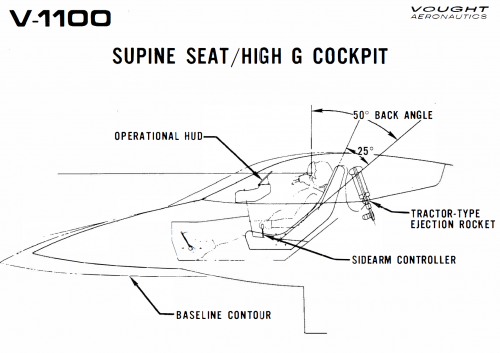- Joined
- 27 December 2005
- Messages
- 17,219
- Reaction score
- 23,422
Boeing's LWF design was rated very highly in the LWF competition. It has been suggested it came second in the evaluation to General Dynamics Model 401 (F-16), but Northrop's P-610 was given the second contract because it was twin engined and hence represented a different approach. Boeing's design was too similar to General Dynamics'.
First time I've seen a 3 view presented, albeit very ropey quality.
Sources:
Mockup photos via Gary Morelock
Model photo: Boeing via Jay Miller
William H Ball, "Rapid Calculation of Propulsion System Installation Corrections" AIAA 74-1174
First time I've seen a 3 view presented, albeit very ropey quality.
Sources:
Mockup photos via Gary Morelock
Model photo: Boeing via Jay Miller
William H Ball, "Rapid Calculation of Propulsion System Installation Corrections" AIAA 74-1174
























